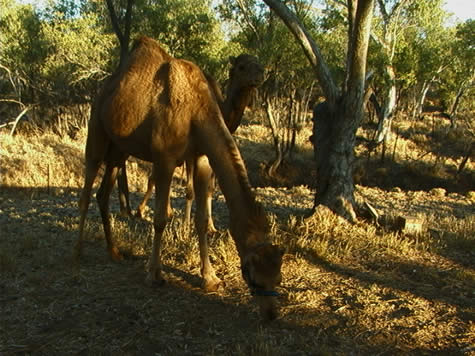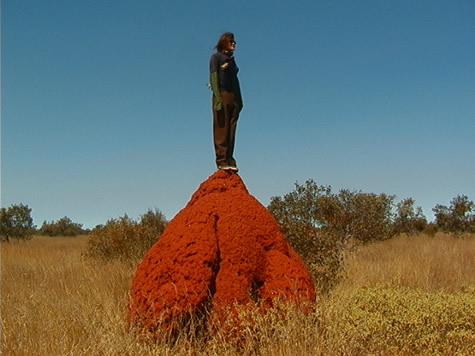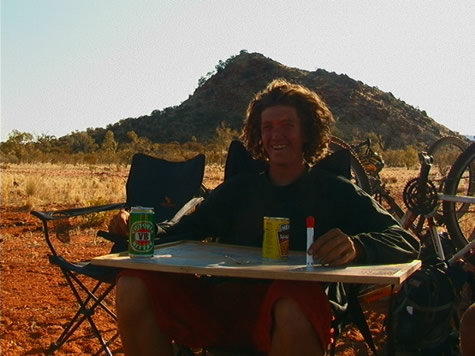Ratios and Damper?
Did you have cereal for breakfast this morning, or yesterday, or the day before…? Was it a big bowl or a small bowl? Did you use different amounts of milk for the different amounts of cereal? You bet you did!
Normal Amount of Cereal :(=) +/- 1cup of milk
Double Amount of Cereal : +/- 2 cups of milk
Those are called ratios. Ratios are used in all parts of your everyday life. Cooking is a perfect example of the use of ratios. With your cereal it does not really matter if you use too much milk, or too little. In baking, frying, or whenever a chemical reaction takes place, the amount you put of one substance compared to another is very, very important.
One of our staples or main foods is a certain kind of bread called Damper. Damper is made with flour, water, salt and beer. Beer is the substitute for yeast (the alcohol is burned off). What amount of flour you put in is a direct relation to how much salt, water and beer is included. The relationships of the ingredients in our damper bread are as follows.
4 cups of flour: 1 beer can: 3 teaspoons of salt: 2 cups of water (added slowly during the whole process)
But what if you wanted to make more? How about we double it (x2)!
4(x2): 1(x2): 3(x2): 2(x2)
8 cups of flour: 2 beer cans: 6 teaspoons of salt: 4 cups of water
Now we know the new ratios simply by multiplying each amount by 2!
Our group usually uses 6 cups of flour to make enough damper for the ten of us. That means that we multiplied the original 4 cups of flour by 1 and a half (x1.5). So now we must multiply the rest of the original amounts by 1.5.
4(x1.5): 1(x1.5): 3(x1.5): 2(x1.5)
6 cups of flour: 1.5 beer cans: 4.5 teaspoons of salt: 3 cups of water
Now you try to find out how much other ingredients will be needed if 12 cups of flour were used. Hint: What multiplied by 4 equals 12?
Next time you and a friend or parents are cooking, you can find out the different ratios used in all the ingredients!
Ratios are you in many different ways that just cooking too: Painting, building, sports…etc! Can you think of any?
By, Crister, who is now very hungry for damper after writing this!
DOWNLOAD TODAY'S DATASHEET >>


